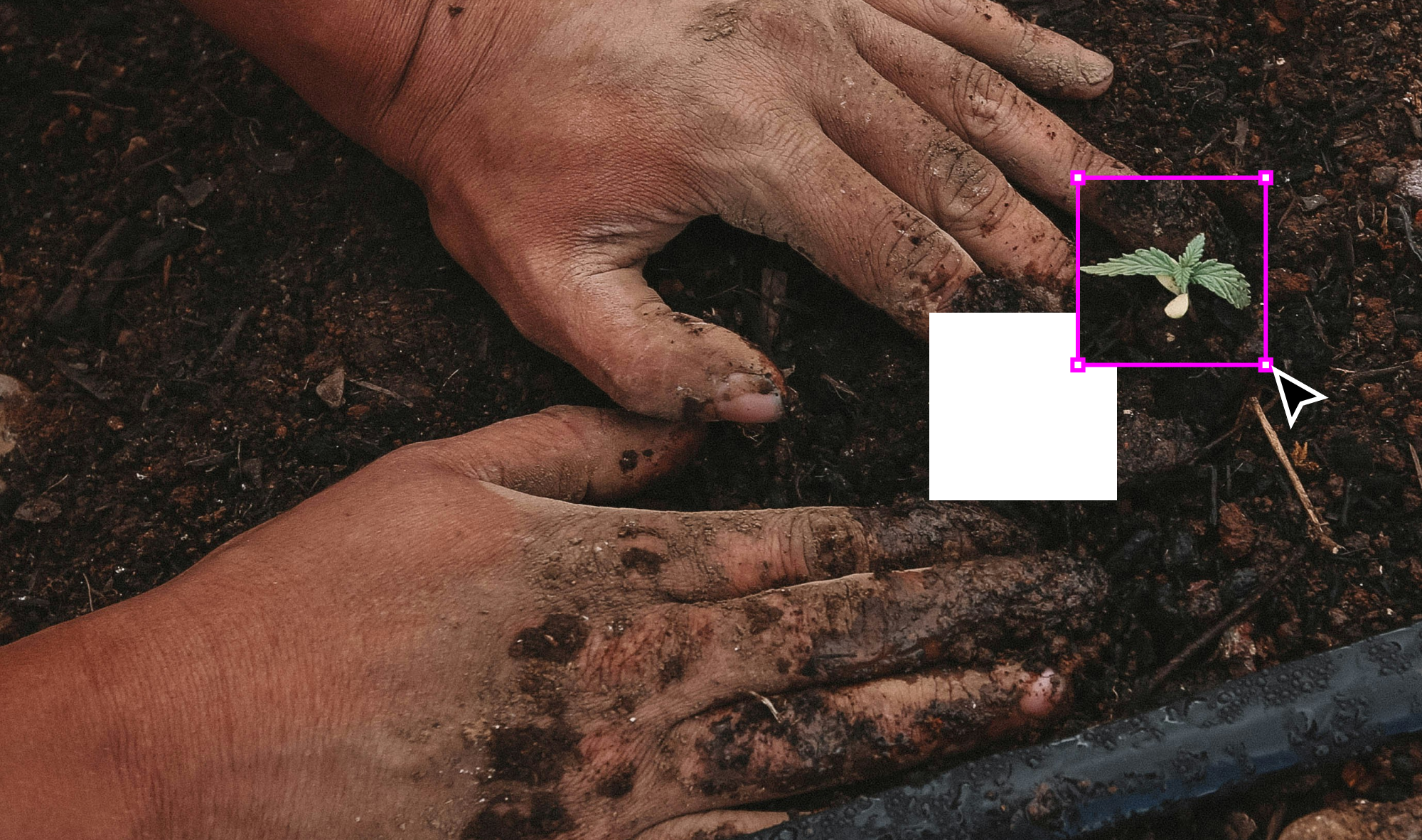“That impulse to scour away the messiness that makes life resilient is what many conservation biologists call the ‘pathology of command and control.’”
— Maria Farrell and Robin Berjon, NOEMA Magazine
All of my favourite learning experiences can be considered states of managed chaos. They share the trait of feeling like playgrounds where the outcomes weren’t controlled as much as they were seeded and nurtured. The learners aren’t told where to go specifically, but rather they are placed in conditions where the expected learning outcomes can be practiced. Neither the instructor nor the learners feel 100% confident in what might be produced, but both experience a rewarding learning journey.
The opening quote originally appeared in an article that drew a parallel between the controlled chaos needed for nature conservation and what’s needed for a flourishing internet. Though there’s a lot more to the internet than education, online forums were my first design school. Thanks to people making free tutorials, I learned Photoshop, Windows Movie Maker, and Illustrator—the foundations of my design career.
However those free tutorials were rarely part of a curriculum and there certainly were no instructors to course-correct for me. Maybe my learning was slower and messier as a result, but I also got to collide with all kinds of topics and interests that likely wouldn’t have been part of any curated curriculum. In a sense I got to follow my curiosity fully and stay motivated in my learning.
I love being inspired by tangents. Though the NOEMA article is about rewilding the Internet to keep it healthy, many of our systems could benefit from this treatment—particularly in learning environments. We expect citizens to become resilient and creative thinkers who are able to navigate the ever increasing chaos of modernity, but we don’t give them enough chances to play with ideas and fail.
The article has given me a new language to rethink how I teach. Every new opportunity to deliver a workshop or create a lesson plan, I can now consider “rewilding” the experience. If you like the sound of that, here are some guiding questions to close:
- How are participants invited to explore their own curiosity?
- How are the participants’ own backgrounds enriching the group’s learning journey?
- What emergent discoveries are your scaffolds enabling?
